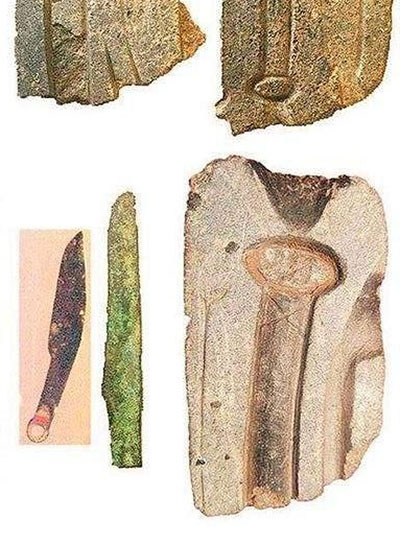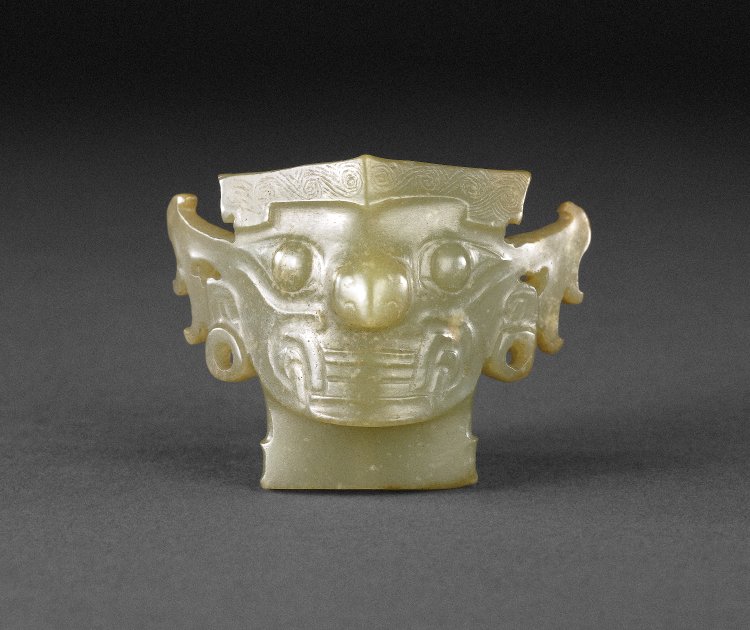Originally Posted by johen Mayan tree of life:
Mayan tree of life:

https://www.ancientamerica.org/?page_id=533
"Graves go down five steps and ended with the steep and deep pit. Special digging platforms were constructed inside the graves; traces of such constructions were noted in the grave walls at Noyon Uul barrows 20, 31 and 22. A dromos leads to the upper portion of the grave. A hoist was used for dropping wooden elements of the burial structure and coffin with the dead body into the tomb. The burial construction resembles the Zhou, Qin and early Han tombs in China."
the tomb of lady Dai (mummy) from the Han Dynasty:
https://pages.uoregon.edu/inaasim/Fo...ynotes%206.htm

Originally Posted by bicicleur
in the Han formation period, Q1a-M120 was detected in elite burials
Tombs of the kings of the Western Han dynasty (202 B.C.E.–9 C.E.) often contain burial items that are related to the material culture of the Eastern Eurasian Steppe. These artifacts are usually interpreted in a general sense, for instance as a sign for the fascination of the Han elite with the exotic. A closer analysis of relevant finds, however, shows different strategies of dealing with foreign influences. While the exchange with the empire's northern neighbors is evidenced through goods for which identical excavated parallels from the steppe exist, the royal tombs of the Han also contained items that resemble and reference steppe motifs and objects but were clearly produced locally and for local consumers. Especially the latter type of artifacts can thus not simply be interpreted as the passive byproduct of exchange relations. Instead, we have to acknowledge that design, production, and usage of these objects were based on conscious decisions. Based on the insight that objects always have a social function, this article argues that the Han elite not only appropriated steppe influences and motifs (?) but also strategically (re)produced and integrated them into their world in order to redefine, enhance, and strengthen their position within their social framework.https://www.researchgate.net/publica...rn_Han_Dynasty
Han dynasty jade burial suit ( jade is 玉, 王 is a King)

Mayan jade burial mask:



































